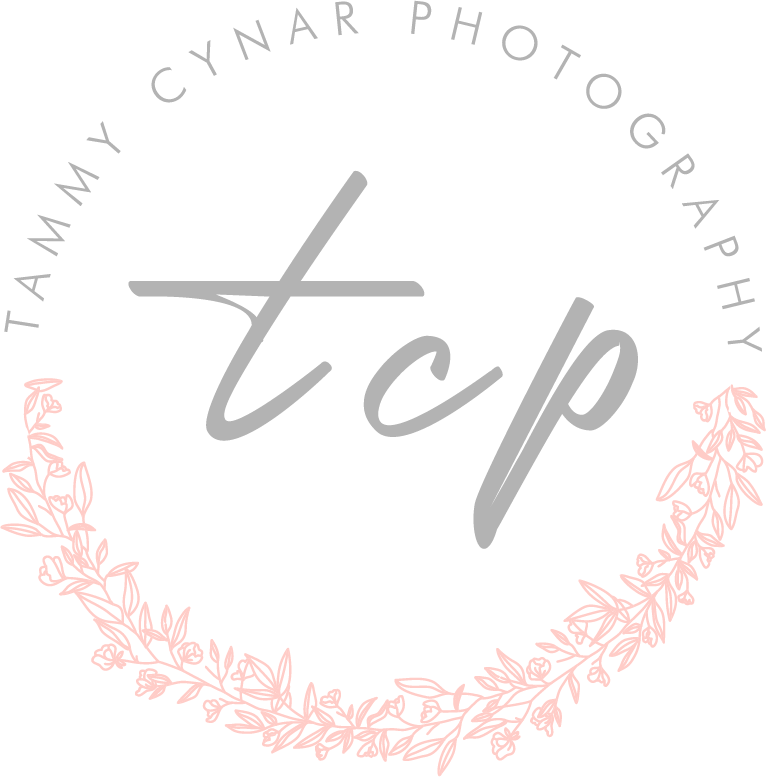How to Produce Good Photographs
What Makes a Good Photograph?
The components of a good photograph are just as important to consider when you’re looking at the final product. The rule-of-thirds, lines, and shapes can be used for composition while color works well with patterns or textures in order to create an interesting image that holds your attention.
The various elements combine together nicely so it’s not only about what we see but also how they play off each other!
Proper Lighting
For a professional photographer, sometimes the most important element of a photograph is its lighting. If you take an under-whelming picture with bad natural or artificial light, it will automatically be unflattering as well because these types require different tones to work properly and produce images in shades we’re used from everyday life.
The type of photography one could use would either come from Natural Light (sunlight) which has many different applications when taking pictures but also accept Studio Monitors such as Ring Labs Modelling Lights Umbrella Flashs etc., depending on what kind they want specifically for this project.
Understanding the rule of thirds can help you create an image that is more interesting and appealing. It’s a guideline for where to place your subject in relation to other elements, such as background or foreground respectively; it also affects how viewers will see their own reflection within the photo itself (depending on whether they’re looking at it horizontally or vertically).
Lines
Lines are an overlooked element of photographs that play a crucial role in luring the eye. They may not seem all that useful or important, but lines add depth and detail to images while also helping lead your viewer around each picture seamlessly — without being too confusing. Lines serve two purposes: keeping the attention fixed on what’s happening within them (and preventing focus migration), as well as providing stability for horizontal surfaces like fences so they don’t bob up out of an uneven ground plane beneath you when shot from an above downward angle.
From newborn photography to headshots, there are many ways to make an image better, but one of the most common techniques photographers use is shapes. Most pictures contain at least one shape in their frames that helps catch your eye and draws you into looking closer for more detail on what’s happening within each photo – much like how lines can be used effectively when capturing details close-up or far away from camera view range.
Texture
The element of texture is one that can be used when taking a “good” photograph. Texture has the surface shapes, lines and color patterns that make up an object’s appearance as well as depth details such are cracks or wrinkles on its skin which give it a life-like feel to photographs taken with proper capturing techniques by photographers who pay attention not just how they expose their photos but also what kinds textures will best suit certain types images they want to be captured.
Composition
If you want your photographs to be interesting and engaging, it is important that they have good composition. One way photographers do this is by adding patterns into their images in order for them not only to keep the viewer’s attention but also draw people further into what’s being shown on screen or paper with repetition of colors/shapes etc., which brings us back full circle because without these elements our shots would simply feel flat-out boring.
Color Wheel
The color wheel is an important guide for photographers who want their photographs to have a cohesive, appealing look. Colors on the opposite sides of this spectrum typically go well together so you’ll often see cool or warmer hues in pictures targeting different moods depending upon how much light was available at the time filming certain scenes – just like with any other art form.
Rule of Thirds
Good photography contains many elements that work together to create an image. These things include lighting, the rule of thirds (a compositional tool), lines, and shapes such as textures or patterns; color schemes can also help add interest when used correctly! A photographer typically uses each aspect differently in order to improve their photos by using these tools strategically for example adding some line texture on top while taking advantage from shadows given off by certain colors below – creating balance among all parts within a shot- which makes it look more professional than if no attention was paid at all towards composition because then you would just have lots go staredown into the frame without any Supplementing Content tier.



